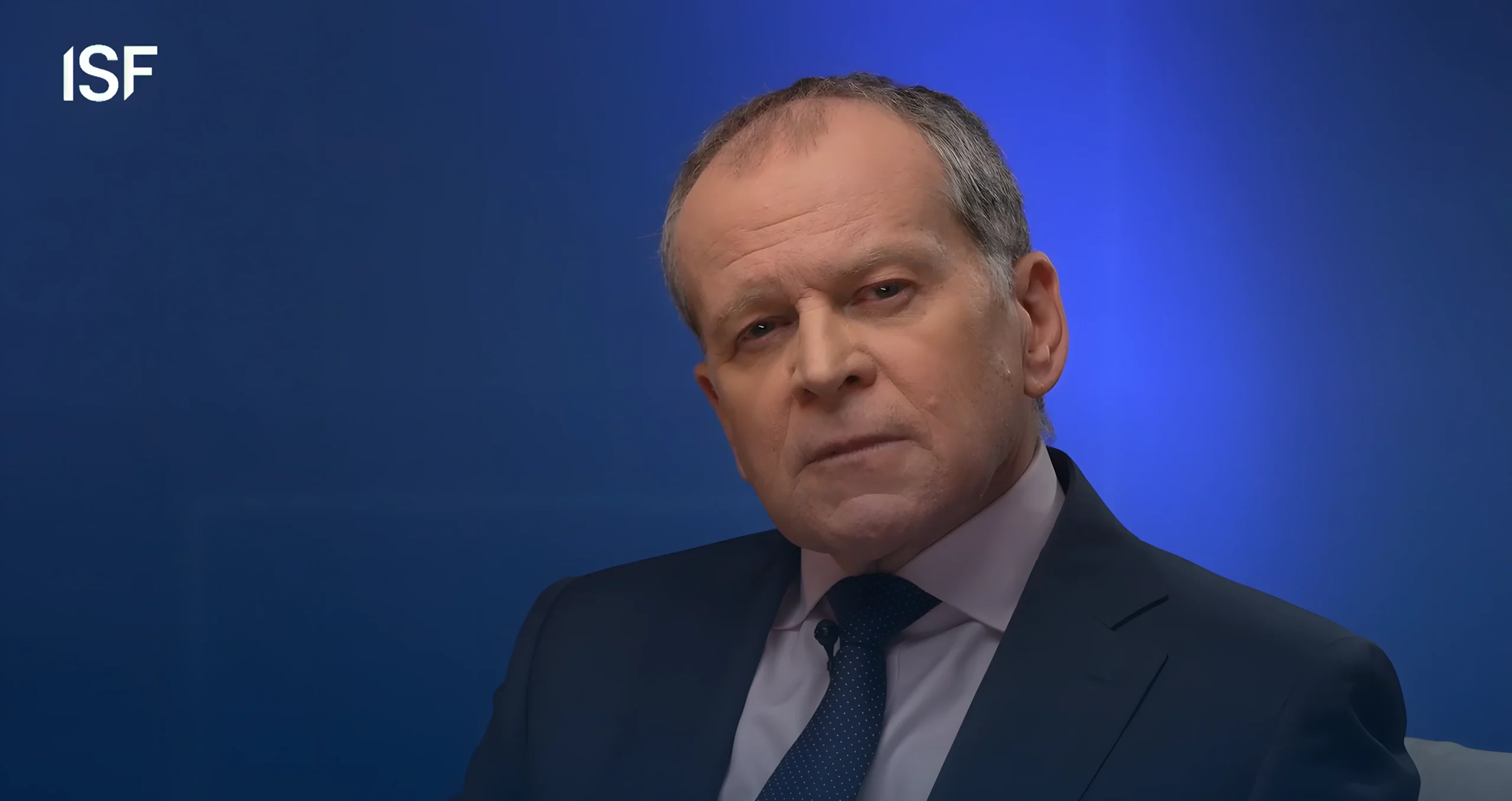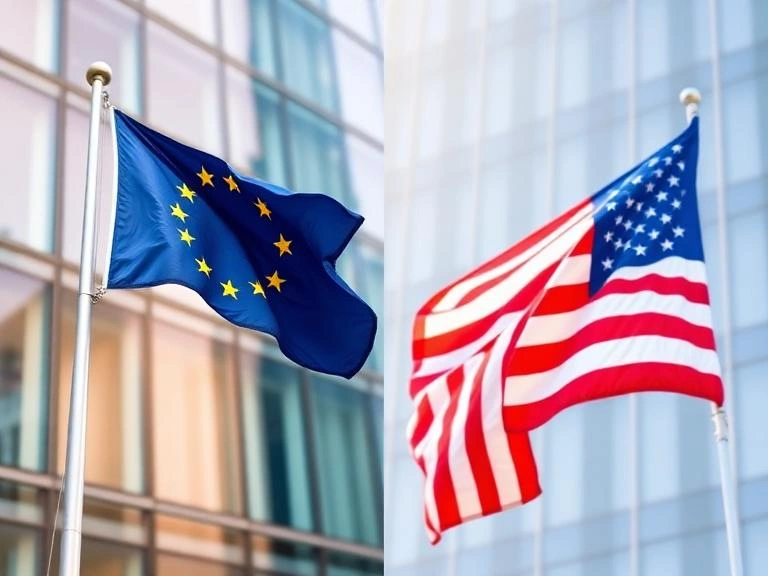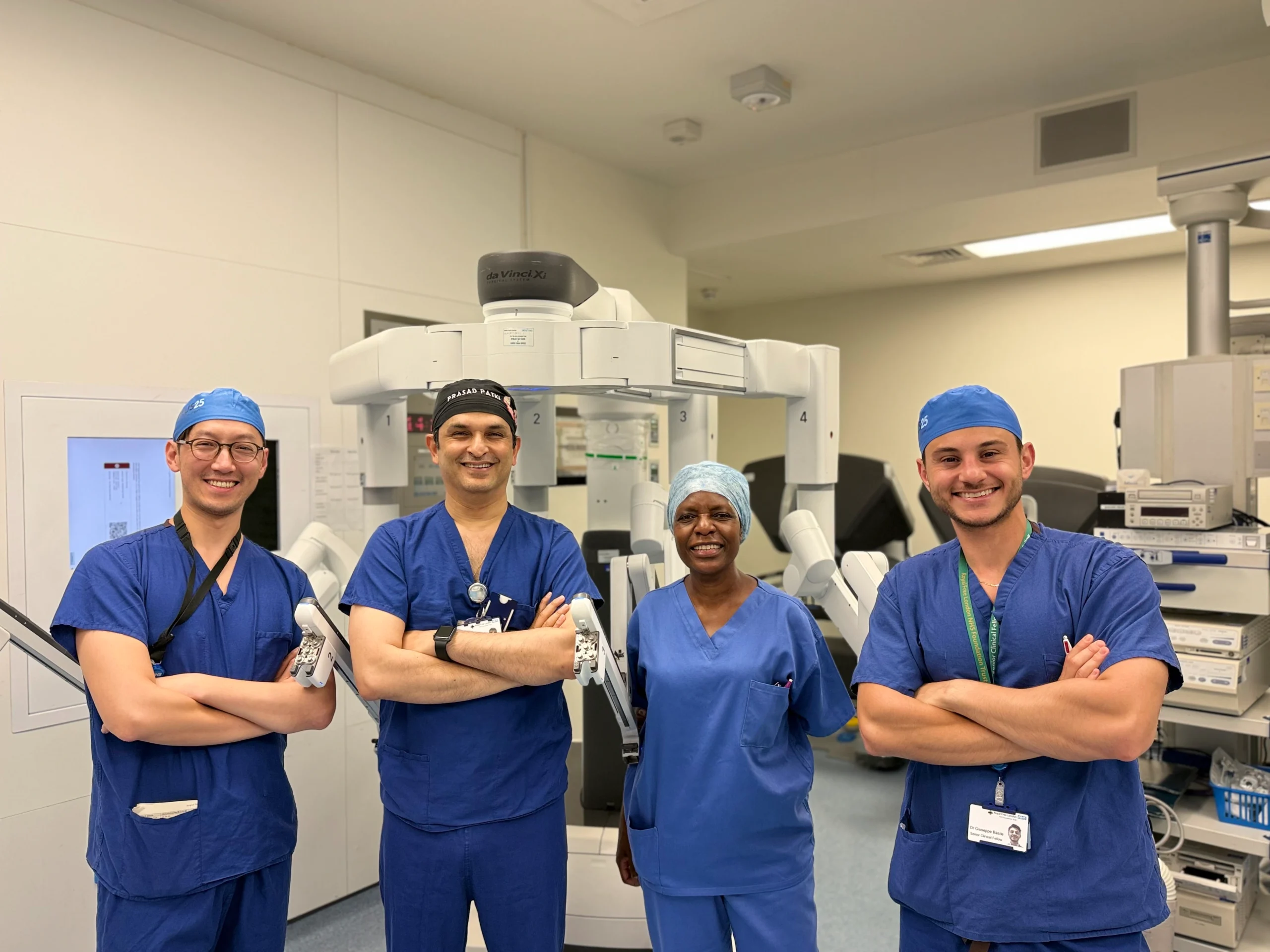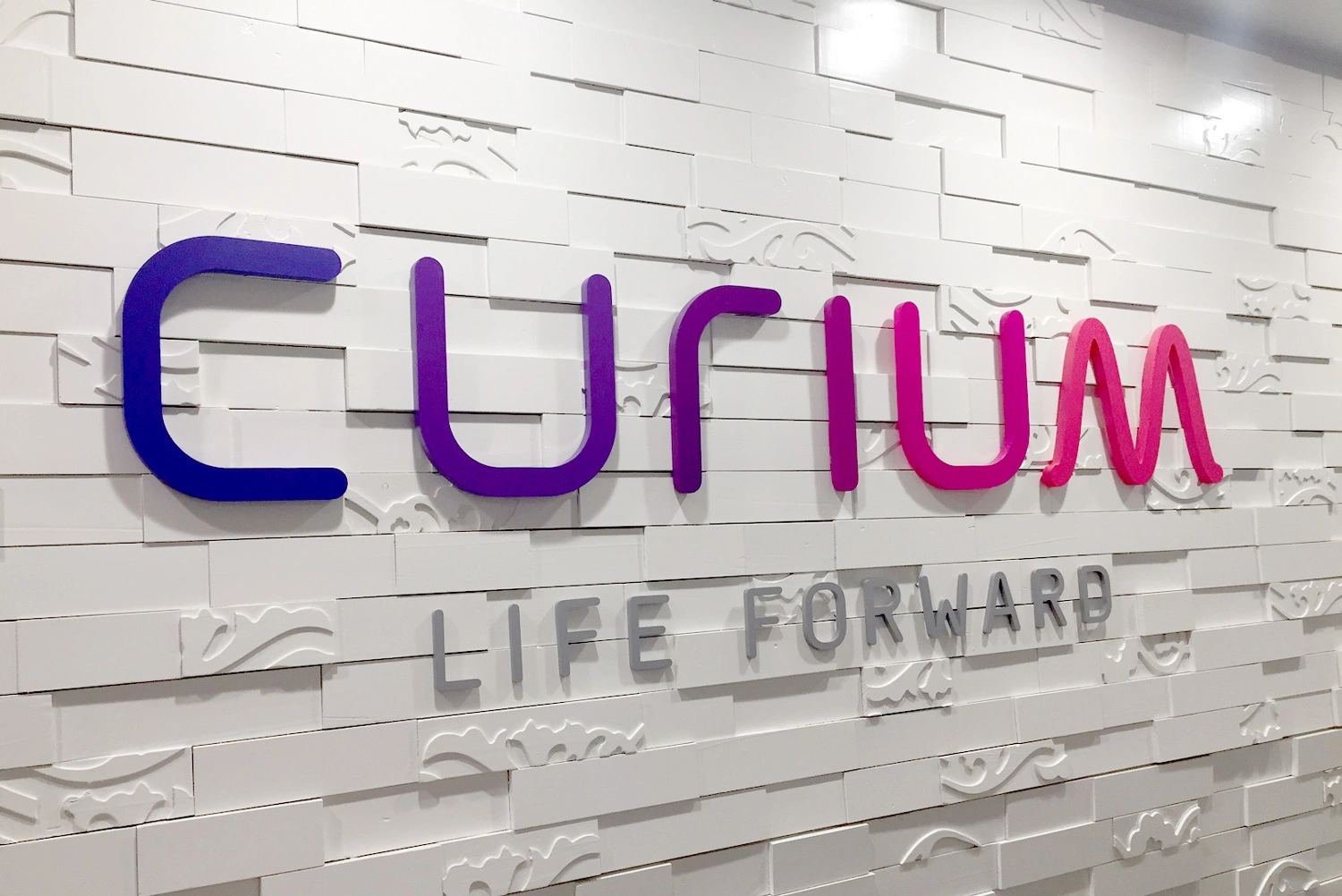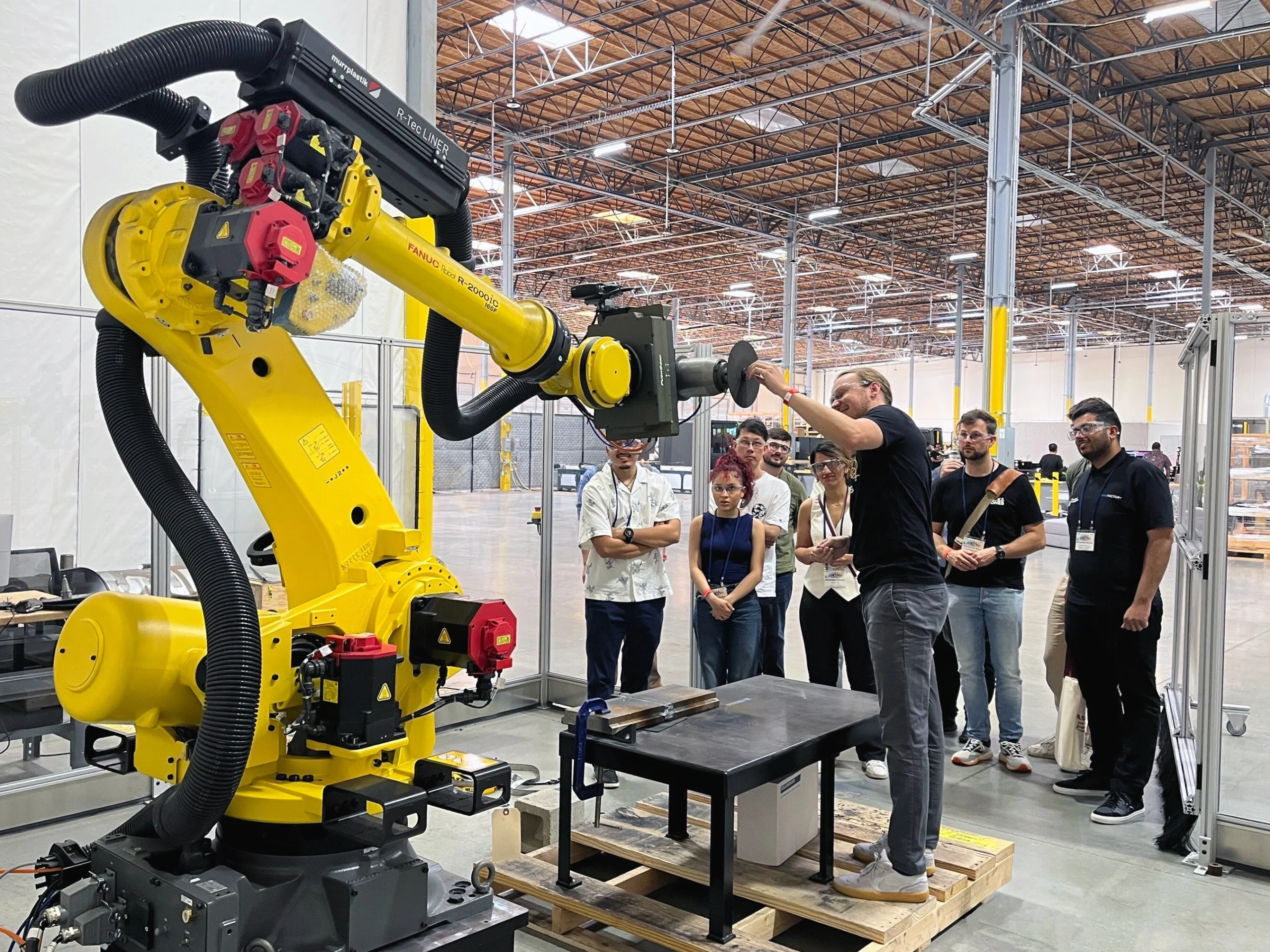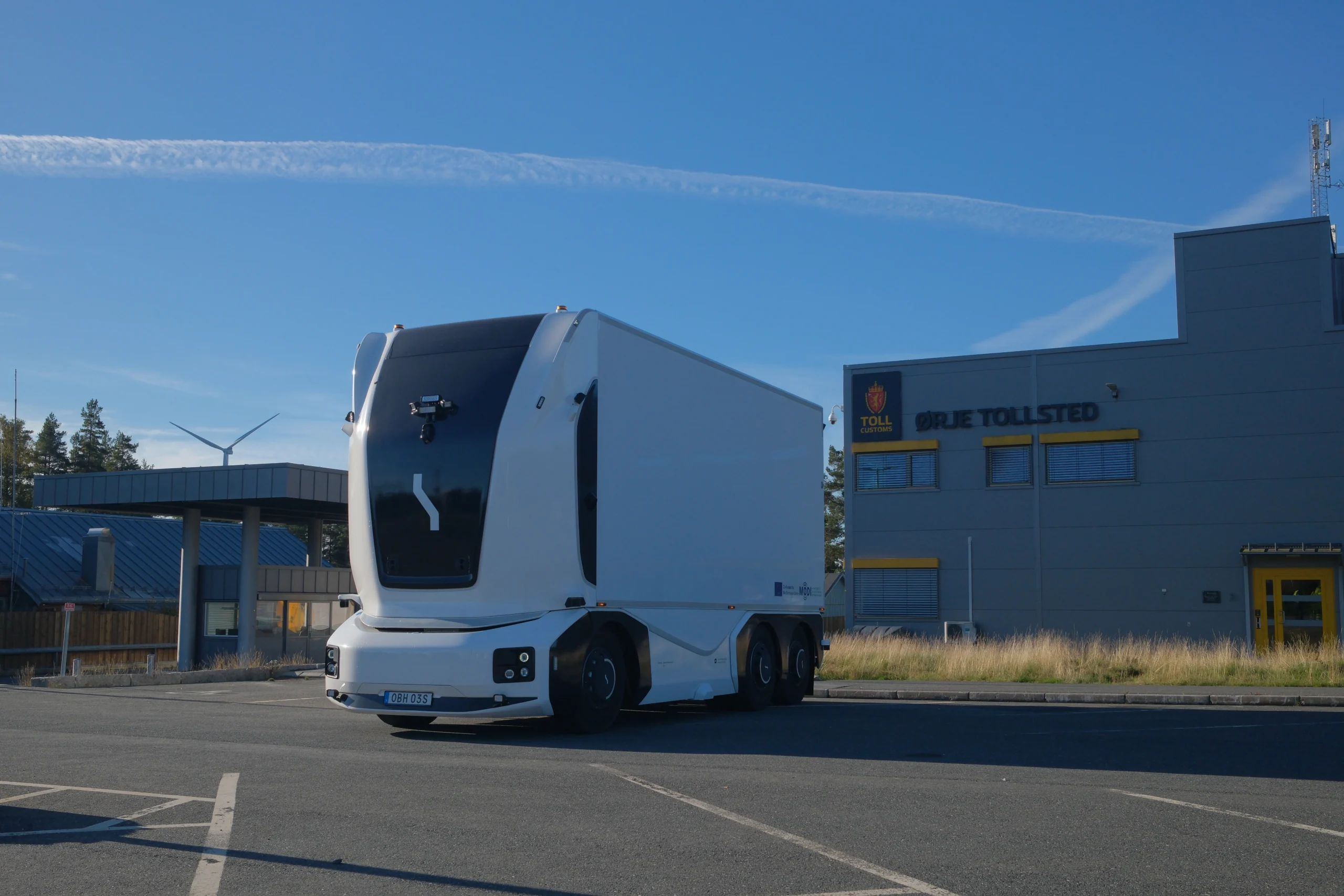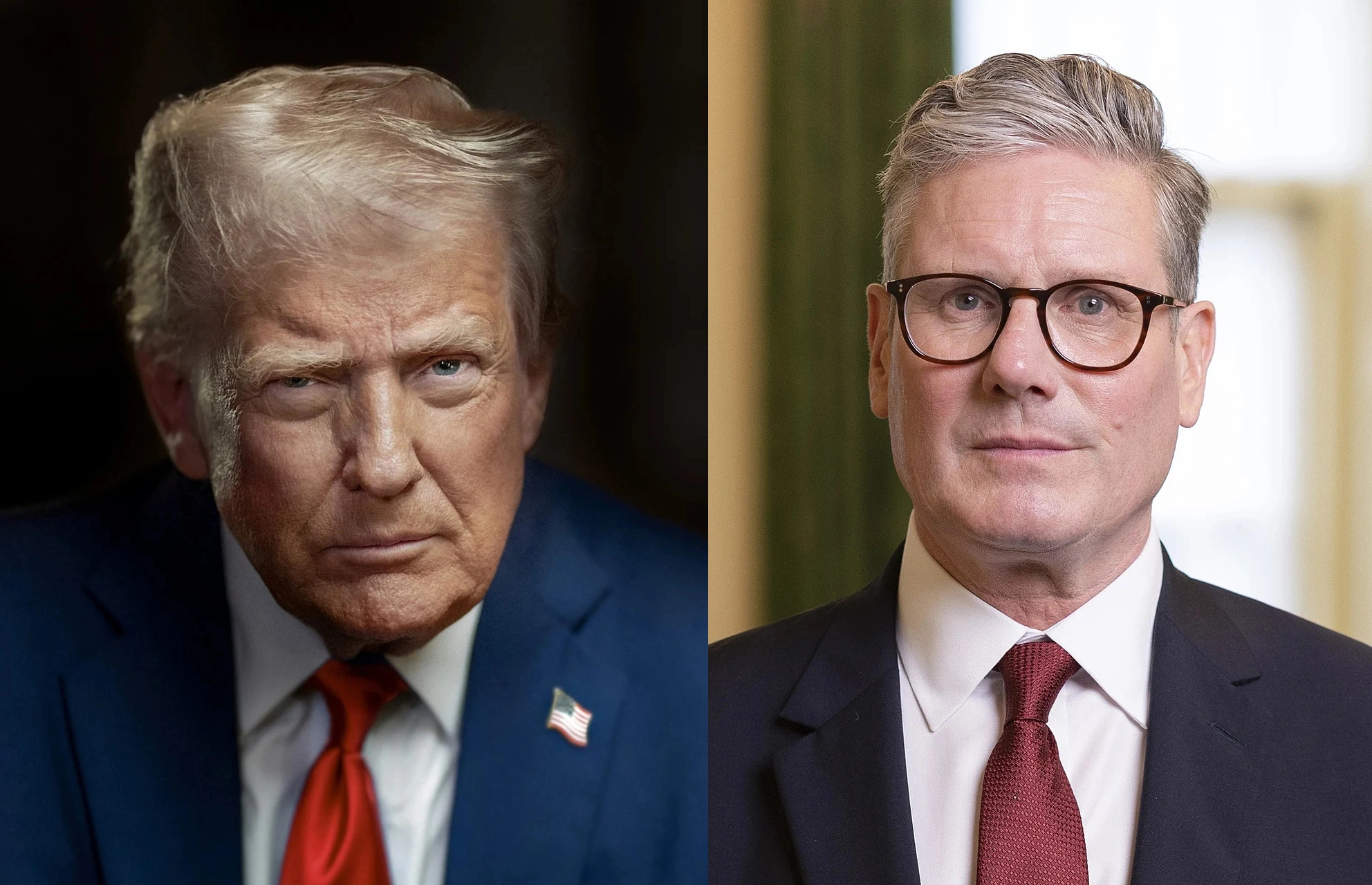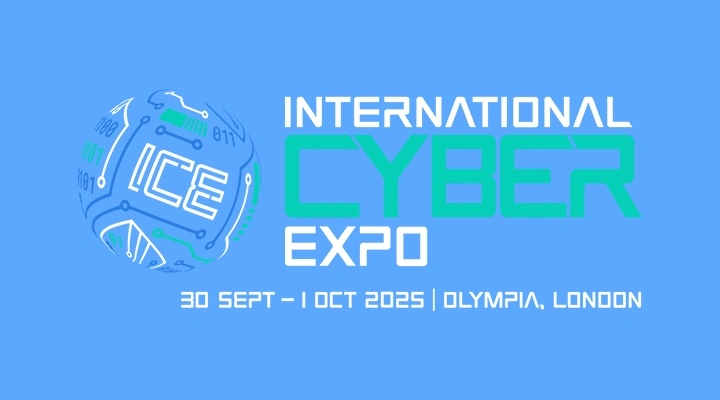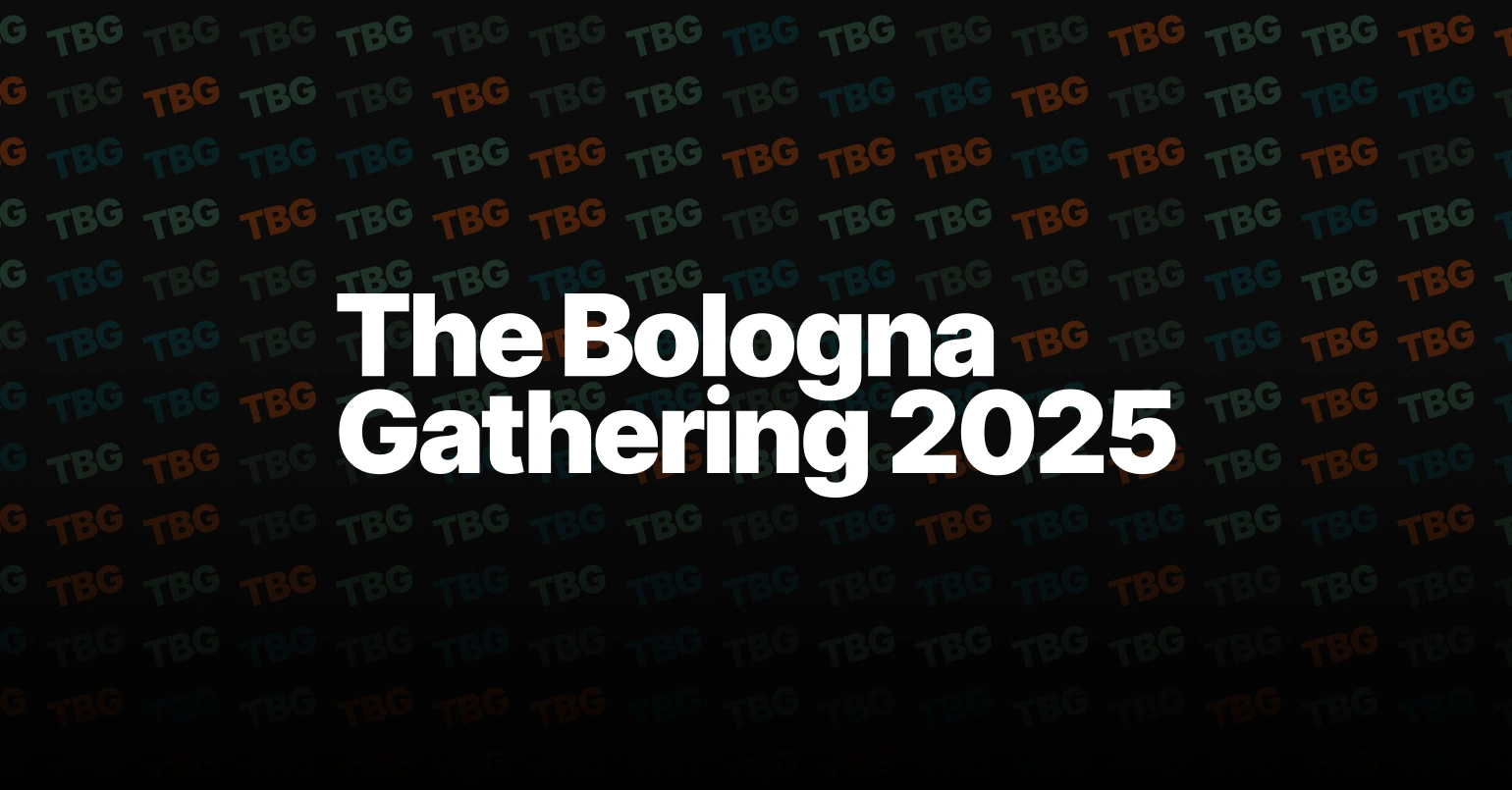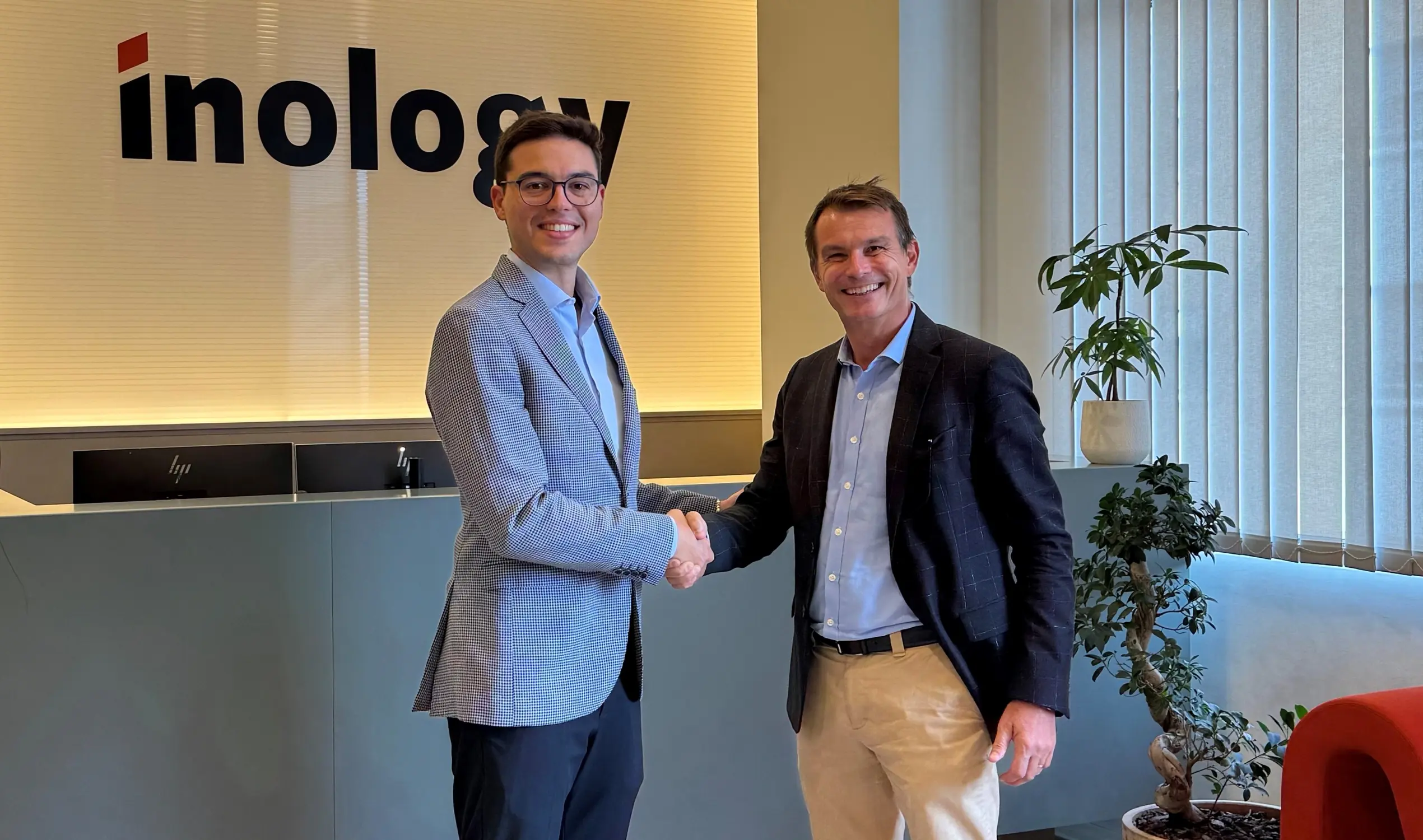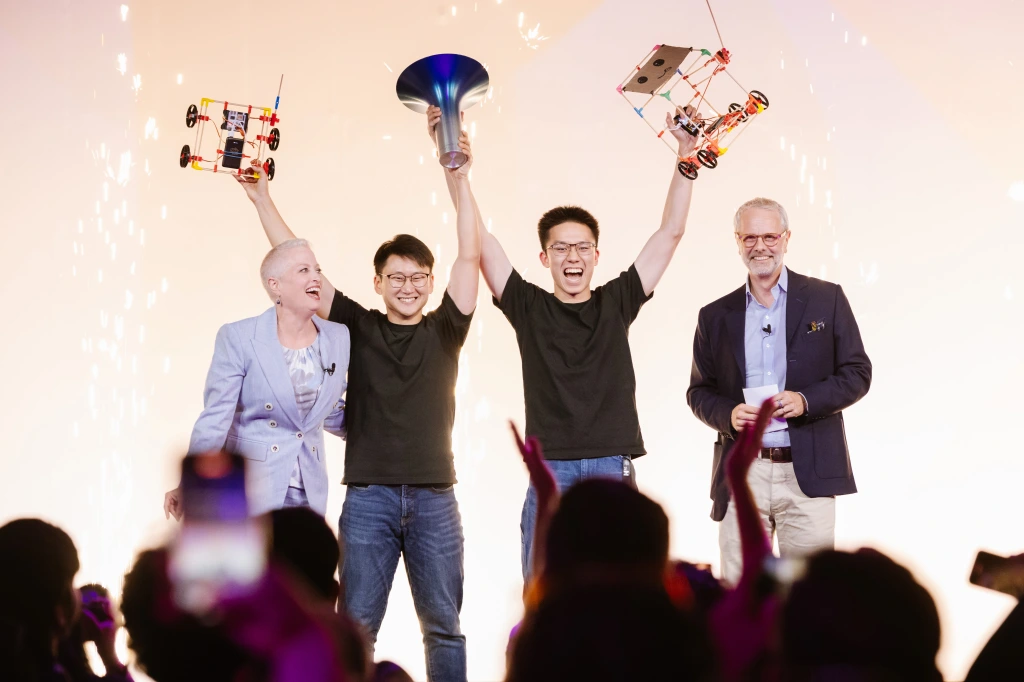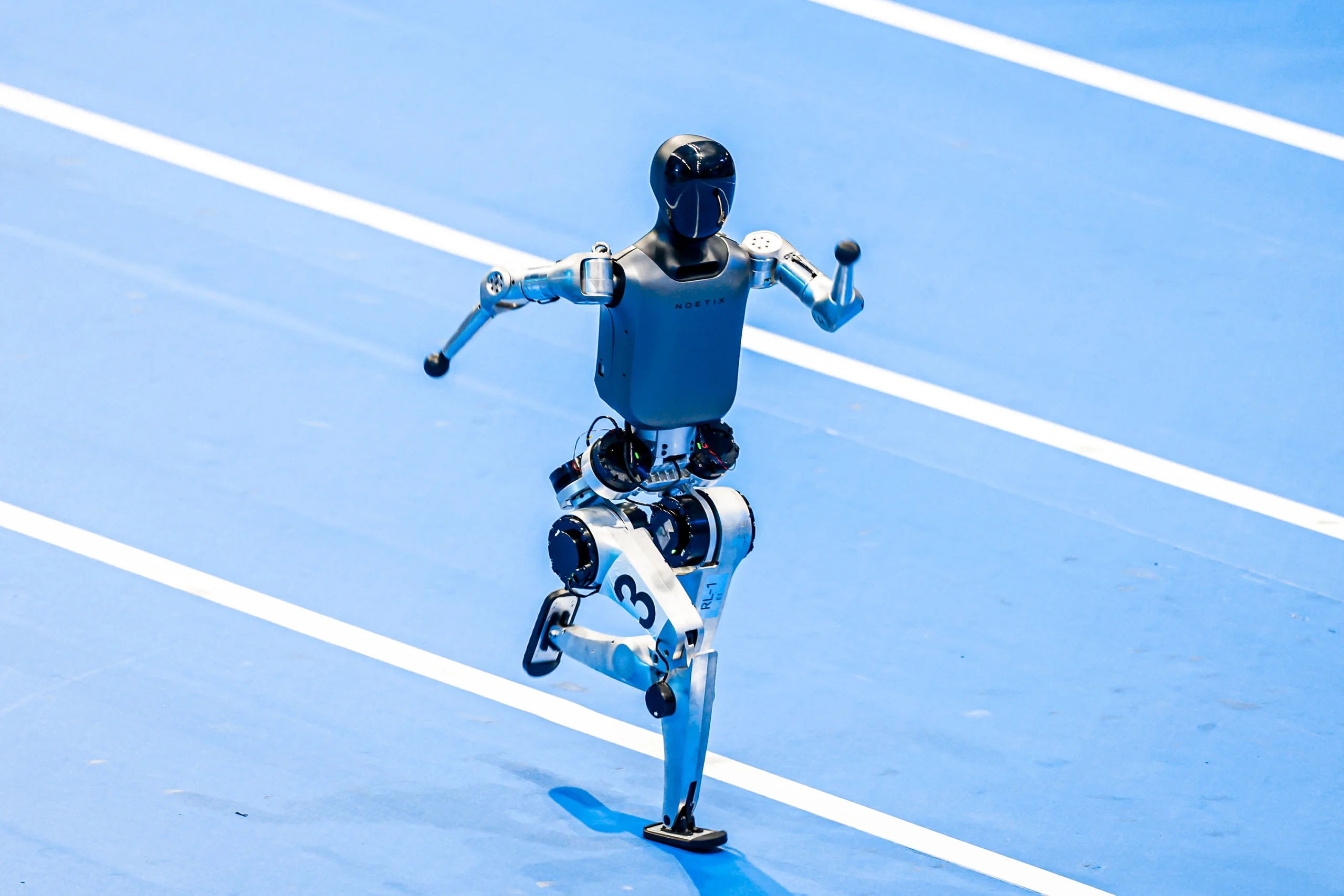The art of decoupling

John E. Kaye
- Published
- Home, Technology
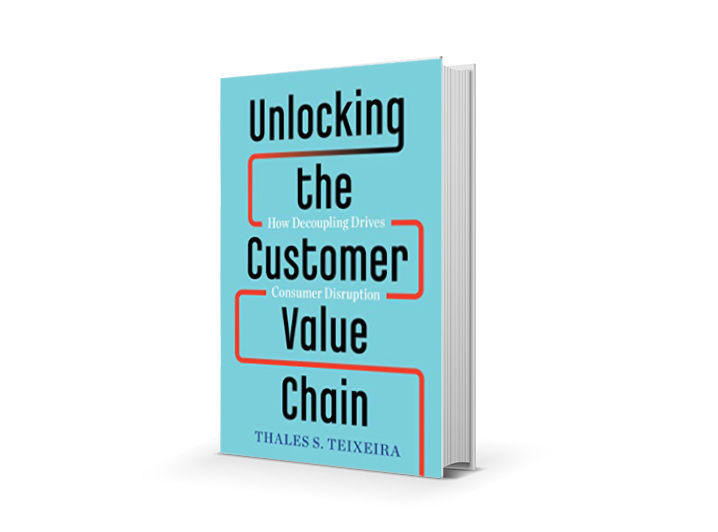
Celiac Supplies was a typical gluten-free grocery store based in Brisbane, Australia, thriving on a business model that rarely fails: offering in-store product samples to its customers. The business was quite successful, until a trend known as “showrooming” started hitting its bottom line. An increasing number of shoppers would visit the store, try a product and then turn to the internet to purchase it at a cheaper price. Fed up with seeing customers walking away without buying anything, the owner, Georgina Fatseas-Sano, took a radical decision: charging shoppers who visited the store without buying anything. Although bold enough, the strategy failed. Customers were not willing to pay AUS$5 for nothing, so footfall to the store dropped and it closed in 2016.
The weakest link
“Celiac Supplies was desperate… attempting to extract value before it is perceived by customers is not a monetisation strategy I would recommend,” says Professor Thales Teixeira, a former Harvard University academic whose latest book, Unlocking the Customer Value Chain: How Decoupling Drives Consumer Disruption, explores the disruptive force of customer-driven business models. The Australian company fell victim to a broader trend that according to Teixeira has changed everything in consumer-oriented industries. The author, who visited tech companies such as Airbnb, Google, Facebook, Netflix as well as smaller startups as a part of his research, argues that the tech sector may have brought an economic revolution, but it’s not the technology itself that is the driver of change – consumers and business models built around them are. The most successful startups, Teixeira argues in the book, are the ones that identify weak links in the customer value chain (the series of activities consumers perform to make a purchase) and then keep, or “decouple”, the most valuable part for themselves, leaving the rest to the hapless incumbent companies. In the case of Celiac Supplies, mobile technology simply enabled shoppers to more easily “decouple” the process of sampling a product from the
final purchase.
Examples abound in the tech world. Uber and Lyft have brought a revolution in urban transport without dealing with the costly logistics of running a taxi company. Facebook touts itself as a media company without producing any content. Amazon has become the world’s biggest online retailer by changing the way customers buy durable goods. The next step for many of these companies is to expand in other customer activities where cost-cutting, consumer-centric synergies are possible . Uber has launched a package and food delivery business, using the same algorithms and contractors it used to kick-start its ride-sharing service. Around a decade earlier, Google had followed the same path by launching Gmail and Google Maps on the back of its successful search engine.
Incumbents on alert
The implications for established companies are huge. To stay relevant, they don’t necessarily need new products, Teixeira argues, but different business models. Many of them respond by replicating the methods of disruptive startups, or just by acquiring them. Yahoo acquired 53 startups from 2012 to 2016 in an attempt to stay relevant; the strategy failed and the company was acquired by Verizon Communications for $4.4bn, a fraction of its former $100bn valuation. Decoupled retailers, banks, telecoms and other incumbents try to link again – or “recouple”– consumer activities that have been “decoupled” by competitors, using methods such as subscription contracts or altering product compatibility and standards.
However, there is a more effective method, says Teixeira, who left Harvard to launch a consultancy company specialising in decoupling: “The best way to respond, and one that does not go against customers’ evolving needs, is to preemptively ‘decouple’”. One way to do this is by implementing what Teixeira calls “rebalancing”: identifying activities where value was previously offered for free and charge for their provision. He uses Best Buy, a US electronic retailer, as an example of a company that successfully adapted to changing consumption patterns. As Celiac Supplies, the retailer was seeing a rapid decrease in sales due to “showrooming”. The company decided to change its business model, charging manufacturers to showcase products in its stores. The owner of Celiac Supplies followed a similar path, switching from a retail-based model to providing advice, courses and personal consultation to people with celiac disease or similar conditions.
Why established companies fail
Not all incumbent companies are willing to change tack. Most stick to their old ways, failing to adapt to changing customer habits. The result is an onslaught of established companies; the average lifespan of firms listed in the S&P500 index is less than 18 years, compared to 61 years in 1958. One reason for this, Teixeira explains, is that many CEOs are obsessed with competitors: “Executives are constantly tracking competitors because they are few and far between, often a handful of them, whereas customers are harder to keep track of. There are hundreds of thousands or millions of them, and their actions are not immediately reported on the front page of business magazines and newspapers”. In the same vein, innovation is not strictly about developing new products, but about eliminating hurdles to a customer-oriented approach. “After visiting and speaking with hundreds of executives of incumbent companies and startups, I have learned that lack of innovation is a customer-centric problem, not an R&D one,” Teixeira says.
However, forecasting changes in consumer preferences is not as easy as it may seem, Teixeira says: “I would challenge the notion that changes in customer behaviour are obvious. It is only so in retrospect.” He uses Netflix as an example of a firm that saw the future. The US company started by distributing DVDs by mail at a time when renting home videos and DVDs from brick-and-mortar stores was the norm. Although the company’s revenues were increasing, it upended its own business model by switching to video streaming, thus “decoupling” the delivery of video entertainment content. Despite the initial uproar among customers, content producers and investors, the strategy paid off, turning Netflix into a tech powerhouse with 158 million subscribers worldwide. “All new formats appear as niche offerings to small groups of customers who adopt them early. The question is: will this offering upend the market and make many more customers switch, or will it keep being a niche option?” Teixeira says. “It’s easy to say that in 75 or 100 years we will all be streaming content, driving electric cars, using wearable devices and eating meatless burgers. But the question is, will the tipping point be in 5-10 years or later?”
Change from the inside
One reason why big companies refuse to change is a sclerotic culture that focuses on the company’s resources, rather than its customers, Teixeira argues: “For incumbents, sticking to their guns might be a rational response to uncertainty. They have built expensive resources to allow them to play and win another game. Blockbuster [a US home movie rental services provider that went bankrupt] had stores. Moving to online streaming was a business model that would not confer to this incumbent company any return to its major resources and assets.” The advent of the internet as a low-cost distribution channel has changed the nature of competition, making market entrance easier for smaller players: “When Coca Cola competed with Pepsi, GE with Siemens, and BMW with Audi, each company would launch a new product and steal from its competitor half or two percent of market share. With disruption, new entrants can appear and take up 10%, 20% or even 40% of the market.”
Established companies can adapt, Teixeira suggests, by shaking up internal structures around the customer value chain, with all business units corresponding to specific customer activities. A case in point is Apple, which has built its empire by integrating its hardware, software, online and offline services to offer customers a seamless experience. This is reflected in the company’s internal organisation, Teixeira argues in the book, with a single employee, known as the DRI (Directly Responsible Individual), being accountable for the integration process of each customer activity. Senior leaders can also incentivise middle managers to invest time and resources in “decoupling”, for example by tying bonuses to any relevant initiatives mid-managers develop. One way or another, they need to wake up and smell the coffee before it’s too late, Teixeira says: “In the end, self-disruption boils down to the willingness of executives of incumbent companies to drastically change business models, processes, and priorities to cater to the evolving needs of customers. If they don’t do it, certainly their newer, smaller and nimbler attackers will.”
For more business literature previews, follow The European.
Sign up to The European Newsletter
RECENT ARTICLES
-
 Make boards legally liable for cyber attacks, security chief warns
Make boards legally liable for cyber attacks, security chief warns -
 AI innovation linked to a shrinking share of income for European workers
AI innovation linked to a shrinking share of income for European workers -
 Europe emphasises AI governance as North America moves faster towards autonomy, Digitate research shows
Europe emphasises AI governance as North America moves faster towards autonomy, Digitate research shows -
 Surgeons just changed medicine forever using hotel internet connection
Surgeons just changed medicine forever using hotel internet connection -
 Curium’s expansion into transformative therapy offers fresh hope against cancer
Curium’s expansion into transformative therapy offers fresh hope against cancer -
 What to consider before going all in on AI-driven email security
What to consider before going all in on AI-driven email security -
 GrayMatter Robotics opens 100,000-sq-ft AI robotics innovation centre in California
GrayMatter Robotics opens 100,000-sq-ft AI robotics innovation centre in California -
 The silent deal-killer: why cyber due diligence is non-negotiable in M&As
The silent deal-killer: why cyber due diligence is non-negotiable in M&As -
 South African students develop tech concept to tackle hunger using AI and blockchain
South African students develop tech concept to tackle hunger using AI and blockchain -
 Automation breakthrough reduces ambulance delays and saves NHS £800,000 a year
Automation breakthrough reduces ambulance delays and saves NHS £800,000 a year -
 ISF warns of a ‘corporate model’ of cybercrime as criminals outpace business defences
ISF warns of a ‘corporate model’ of cybercrime as criminals outpace business defences -
 New AI breakthrough promises to end ‘drift’ that costs the world trillions
New AI breakthrough promises to end ‘drift’ that costs the world trillions -
 Watch: driverless electric lorry makes history with world’s first border crossing
Watch: driverless electric lorry makes history with world’s first border crossing -
 UK and U.S unveil landmark tech pact with £250bn investment surge
UK and U.S unveil landmark tech pact with £250bn investment surge -
 International Cyber Expo to return to London with global focus on digital security
International Cyber Expo to return to London with global focus on digital security -
 Cybersecurity talent crunch drives double-digit pay rises as UK firms count cost of breaches
Cybersecurity talent crunch drives double-digit pay rises as UK firms count cost of breaches -
 Investors with €39bn AUM gather in Bologna to back Italy’s next tech leaders
Investors with €39bn AUM gather in Bologna to back Italy’s next tech leaders -
 Axians and Nokia expand partnership to strengthen communications infrastructure across EMEA
Axians and Nokia expand partnership to strengthen communications infrastructure across EMEA -
 Forterro buys Spain’s Inology to expand southern Europe footprint
Forterro buys Spain’s Inology to expand southern Europe footprint -
 Singapore student start-up wins $1m Hult Prize for education platform
Singapore student start-up wins $1m Hult Prize for education platform -
 UK businesses increase AI investment despite economic uncertainty, Barclays index finds
UK businesses increase AI investment despite economic uncertainty, Barclays index finds -
 Speed-driven email security: effective tactics for phishing mitigation
Speed-driven email security: effective tactics for phishing mitigation -
 Short circuit: humanoids go for gold at first 'Olympics for robots'
Short circuit: humanoids go for gold at first 'Olympics for robots' -
 New IBM–NASA AI aims to forecast solar flares before they knock out satellites or endanger astronauts
New IBM–NASA AI aims to forecast solar flares before they knock out satellites or endanger astronauts -
 AI is powering the most convincing scams you've ever seen
AI is powering the most convincing scams you've ever seen

